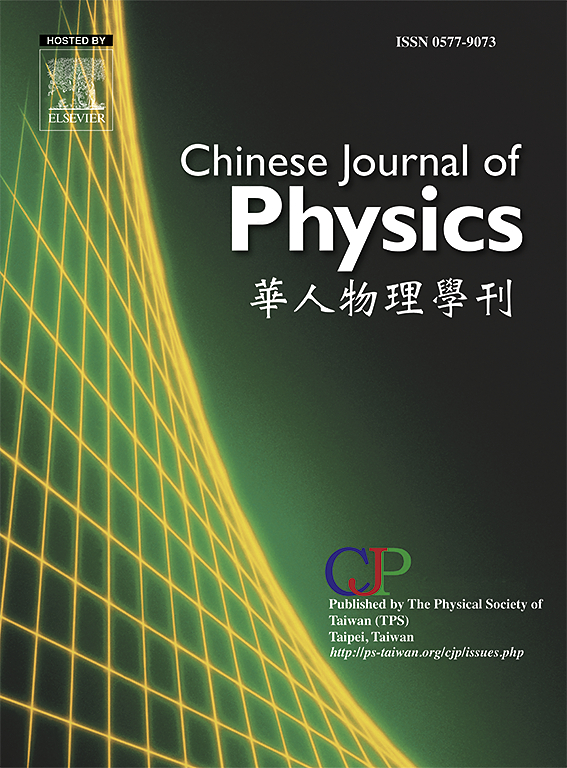Nonlinear steady Darcy-Bénard convection problem: Revisit using the heatlines approach
IF 4.6
2区 物理与天体物理
Q1 PHYSICS, MULTIDISCIPLINARY
引用次数: 0
Abstract
The classical problem of Darcy-Bénard convection() in enclosures is revisited using the method of heatlines to have a better perspective of the problem. General aspect ratio is chosen in the analysis which helps in obtaining the results of four different types of enclosures, viz., tall, square, shallow and very shallow. Three different water saturated porous media and their actual thermophysical properties are used in the computation of the results. The method of heatlines facilitates the observation of fluid and heat flow lines in order to have a good understanding of the dynamics. The neo-classical approach not only accurately predicts the critical Darcy-Rayleigh and wave numbers but also picturizes the heat flow of the problem in the most natural way. The Galerkin method is used in the paper for the normal and convective modes of convection yields accurate analytical results in the heatlines formulation. Theoretical expression to calculate the number of Bénard cells that form in the system at onset is obtained by linear theory, and ranges of aspect ratio at which unicellular, two-cellular and multicellular convection are possible are determined and documented. The weakly non-linear stability analysis is performed to determine the heat transport. Among four considered enclosures, maximum heat transport is achieved in the case of a square enclosure. Out of three chosen , the water-saturated glass balls porous medium and the water-saturated aluminium-foam porous medium show most stable and least stable behaviours. Results obtained from the heatlines approach are validated by comparing with the results of the classical problem in the case of a very shallow enclosure. From the study, we conclude that the square enclosure with water-saturated aluminium-foam porous medium has possible application in heat removal systems.

求助全文
约1分钟内获得全文
求助全文
来源期刊

Chinese Journal of Physics
物理-物理:综合
CiteScore
8.50
自引率
10.00%
发文量
361
审稿时长
44 days
期刊介绍:
The Chinese Journal of Physics publishes important advances in various branches in physics, including statistical and biophysical physics, condensed matter physics, atomic/molecular physics, optics, particle physics and nuclear physics.
The editors welcome manuscripts on:
-General Physics: Statistical and Quantum Mechanics, etc.-
Gravitation and Astrophysics-
Elementary Particles and Fields-
Nuclear Physics-
Atomic, Molecular, and Optical Physics-
Quantum Information and Quantum Computation-
Fluid Dynamics, Nonlinear Dynamics, Chaos, and Complex Networks-
Plasma and Beam Physics-
Condensed Matter: Structure, etc.-
Condensed Matter: Electronic Properties, etc.-
Polymer, Soft Matter, Biological, and Interdisciplinary Physics.
CJP publishes regular research papers, feature articles and review papers.
 求助内容:
求助内容: 应助结果提醒方式:
应助结果提醒方式:


